Here's what you need to know: Google just pulled off something pretty remarkable with the Pixel 10 series. Mountain View's engineers managed to crack Apple's famously closed AirDrop protocol and build direct compatibility into their latest devices—completely independently, without any collaboration from Cupertino. According to The Verge, this breakthrough allows seamless file sharing between Pixel phones and Apple devices for the first time, representing a monumental shift in cross-platform interoperability.
This isn't some clever workaround or third-party hack either. Google developed this capability entirely through reverse-engineering Apple's protocols, reports Indian Express, creating true interoperability that works across iPhone, iPad, and macOS devices. What makes this particularly impressive is the timing—Google leveraged regulatory changes from the EU's Digital Markets Act that forced Apple to make AirDrop more interoperable, creating the technical foundation needed to build compatibility without Apple's cooperation.
The capability works seamlessly in both directions, maintaining the same security standards and user experience that both platforms demand. From a strategic perspective, this represents the culmination of Google's broader cross-platform initiative, which includes RCS messaging adoption and safety tools that work across ecosystems. By proving that artificial platform barriers can be overcome through technical excellence, Google has fundamentally changed the mobile sharing landscape.
How Google cracked the code
Let's break down what Google actually accomplished here. The technical breakthrough leverages changes Apple made under pressure from the EU's Digital Markets Act, which forced more interoperability in AirDrop, according to The Verge. But rather than simply taking advantage of regulatory compliance, Google's engineers essentially performed a masterclass in protocol reverse-engineering.
The implementation uses direct peer-to-peer communication with multiple security layers, never routing data through external servers, reports Analytics Insight. What Google achieved was creating a translation layer between their Quick Share system and Apple's AirDrop protocol—like teaching an Android phone to speak fluent iOS without Apple providing the dictionary. The engineering team had to decode Apple's communication methods, security mechanisms, and discovery protocols, then build their own implementation that could participate in AirDrop sessions as a native participant.
Google built the feature using Rust programming language for enhanced memory safety and conducted thorough security testing with third-party penetration firm NetSPI, as detailed by Analytics Insight. This security-first approach extended beyond basic functionality testing—the team vetted the entire system through independent security researchers to ensure it meets the privacy and security standards users expect from both platforms, according to Indian Express.
The broader implications here are fascinating. If Google can crack Apple's file-sharing protocol, it sets a precedent for tackling other closed systems. We might see similar breakthroughs in messaging, device pairing, or other ecosystem features that have traditionally maintained platform boundaries through technical obscurity rather than genuine security requirements.
The user experience actually works
After testing the setup process extensively, the feature becomes incredibly smooth for everyday file transfers, notes The Verge. Pixel 10 users can send files through Quick Share's familiar interface, which then appears as standard AirDrop requests on Apple devices, explains Indian Express. The experience feels remarkably native—from the iPhone user's perspective, the Pixel phone shows up just like any other AirDrop-capable device.
The process works bidirectionally with impressive consistency—Apple users can also initiate transfers to discoverable Pixel 10 devices, according to Analytics Insight. Performance metrics match native AirDrop standards: transferring a 500MB video file takes roughly 20 seconds, maintaining consistent speeds regardless of which platform initiated the transfer. The connection uses the familiar AirDrop interface on Apple devices while Pixel users work through their standard Quick Share menu.
There's one minor friction point that reveals the complexity of Apple's privacy design: Apple devices need to be set to "Everyone for 10 Minutes" mode for discovery, reports The Verge. This requirement isn't Google's limitation—it's simply how Apple architected AirDrop's privacy controls. Interestingly, this constraint highlights different UX philosophies between platforms: Apple prioritizes privacy-by-default even at the cost of convenience, while Google has historically favored discoverability.
What's particularly impressive is how this changes user behavior patterns. In mixed-platform environments, people no longer perform the mental calculation of "iPhone or Android?" before deciding how to share something. The technology just works, which is exactly how these seamless experiences should feel—invisible until you need them, then perfectly reliable.
What this means for the ecosystem
This development represents far more than a convenient feature—it's a fundamental shift in how platform competition might evolve. Previously, Android and iPhone users relied on cumbersome workarounds like third-party apps or cloud services for file sharing, notes Analytics Insight. Those solutions typically involved uploading files to services like Google Drive or Dropbox, waiting for synchronization, then sharing links—transforming a seconds-long operation into a minutes-long workflow.
Google's first-party solution provides a more integrated experience while maintaining the security standards users expect from both platforms, according to Tom's Guide. The fact that this works without compromising either platform's security model demonstrates that interoperability and security aren't mutually exclusive—a lesson that extends well beyond file sharing into broader platform integration strategies.
The rollout strategy reveals Google's confidence in the technology. The feature currently launches exclusively on Pixel 10 devices, with broader Android device support promised for the future, reports Indian Express. This approach allows Google to refine the implementation on their own hardware before expanding to the diverse Android ecosystem where hardware variations and manufacturer customizations could introduce complications.
For workplace dynamics, this changes everything about cross-platform collaboration. Mixed-platform teams no longer need to maintain separate workflows for iOS and Android users. The artificial friction that pushed organizations toward single-platform standardization suddenly becomes irrelevant, potentially reshaping enterprise device procurement strategies.
This timing aligns perfectly with Google's broader interoperability offensive, including RCS messaging support and cross-platform safety tools, notes Analytics Insight. Rather than isolated features, these represent coordinated moves in a larger strategy to break down platform silos that artificially limit user choice and workflow efficiency.
Where do we go from here?
This breakthrough opens fascinating possibilities for future cross-platform innovation. Google has expressed genuine interest in working with Apple to enable more sophisticated features like "Contacts Only" sharing modes, according to Tom's Guide. Imagine eliminating the "Everyone for 10 Minutes" requirement entirely—that would remove the last friction point from cross-platform sharing while maintaining privacy controls both companies value.
As updates roll out to additional Android devices through regular system updates, we're likely witnessing the beginning of the end for the iOS-Android file-sharing divide that has frustrated users for over a decade, suggests Find Articles. The technical foundation is now proven to work reliably at scale, so expanding to other Android manufacturers becomes an implementation challenge rather than a fundamental research problem.
What's particularly intriguing is how this might influence Apple's strategic approach to ecosystem boundaries. While Apple built AirDrop as a competitive advantage to increase switching costs and platform lock-in, Google has demonstrated that interoperability doesn't require sacrificing security or user experience. Apple now faces an interesting choice: embrace this collaboration and potentially accelerate cross-platform integration, or attempt to maintain platform boundaries through other technical mechanisms.
The regulatory environment that enabled this breakthrough—particularly the EU's Digital Markets Act—suggests we're entering an era of forced interoperability that could reshape the entire tech industry. When regulatory pressure creates technical opportunities, companies like Google can prove that barriers previously justified as "security requirements" were often just competitive moats. This precedent could influence everything from messaging protocols to app store policies.
Google's success here also raises fascinating questions about what other closed systems might be vulnerable to similar approaches. If AirDrop can be reverse-engineered and made interoperable, what about Apple's Handoff features, Continuity Camera, or even aspects of iMessage? The technical precedent suggests that sufficient engineering talent and regulatory pressure can overcome most artificial platform boundaries.
Bottom line: this feels like a watershed moment where artificial platform barriers start crumbling under technical innovation and regulatory pressure. Users benefit when their devices work better together, regardless of corporate logos. Google's AirDrop compatibility proves that platform politics can be overcome through engineering excellence, potentially ushering in an era where device interoperability becomes the expectation rather than the exception. What started as Apple's walled garden advantage has become a shared capability that makes everyone's devices more useful—exactly the kind of progress that benefits users over platform strategies.





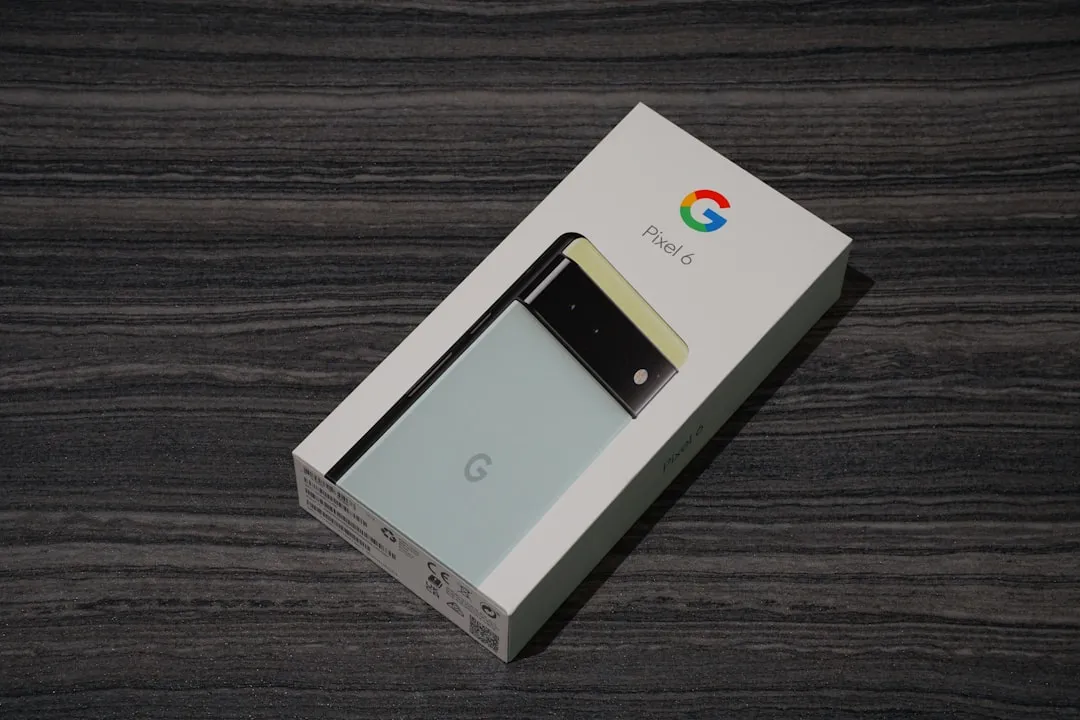

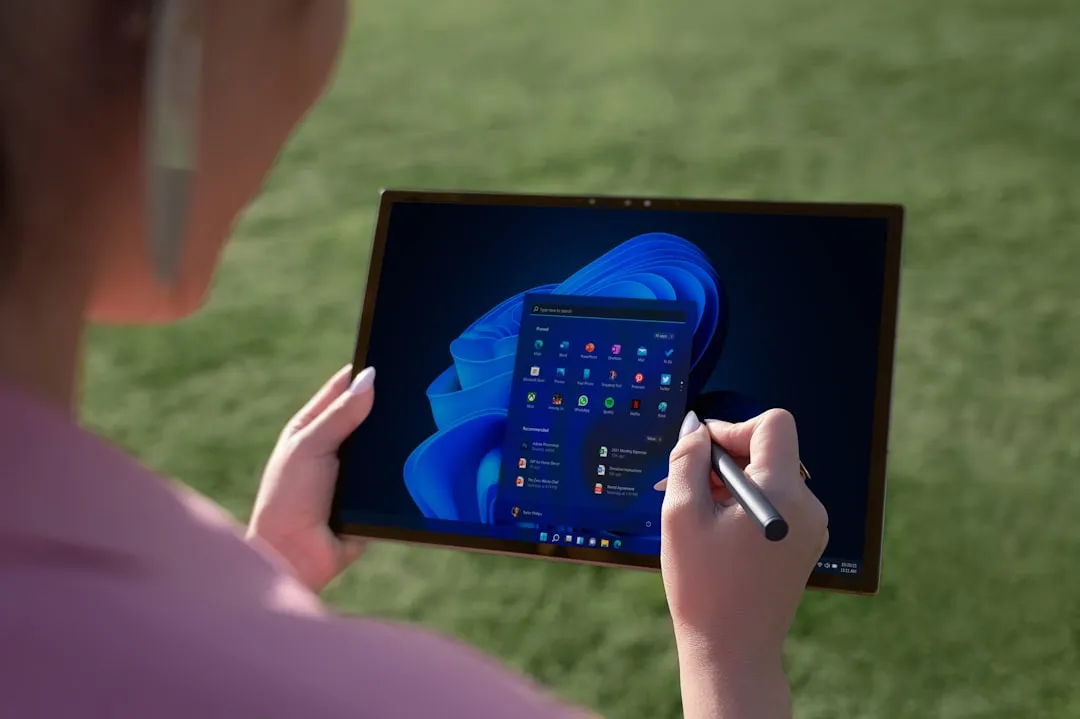


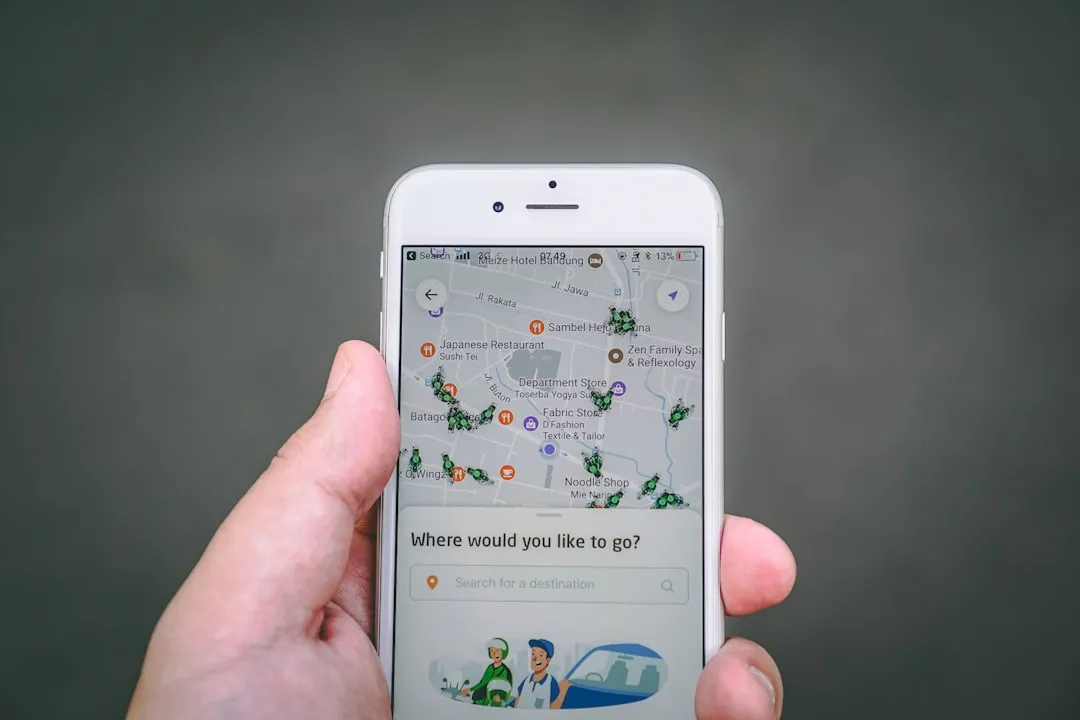


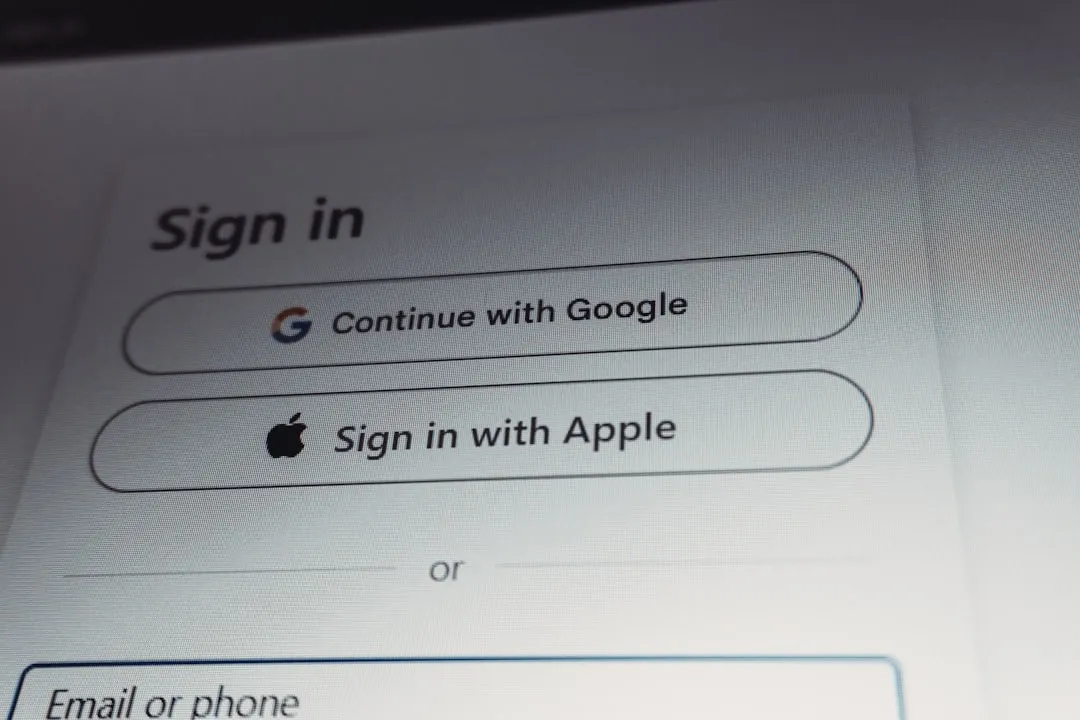
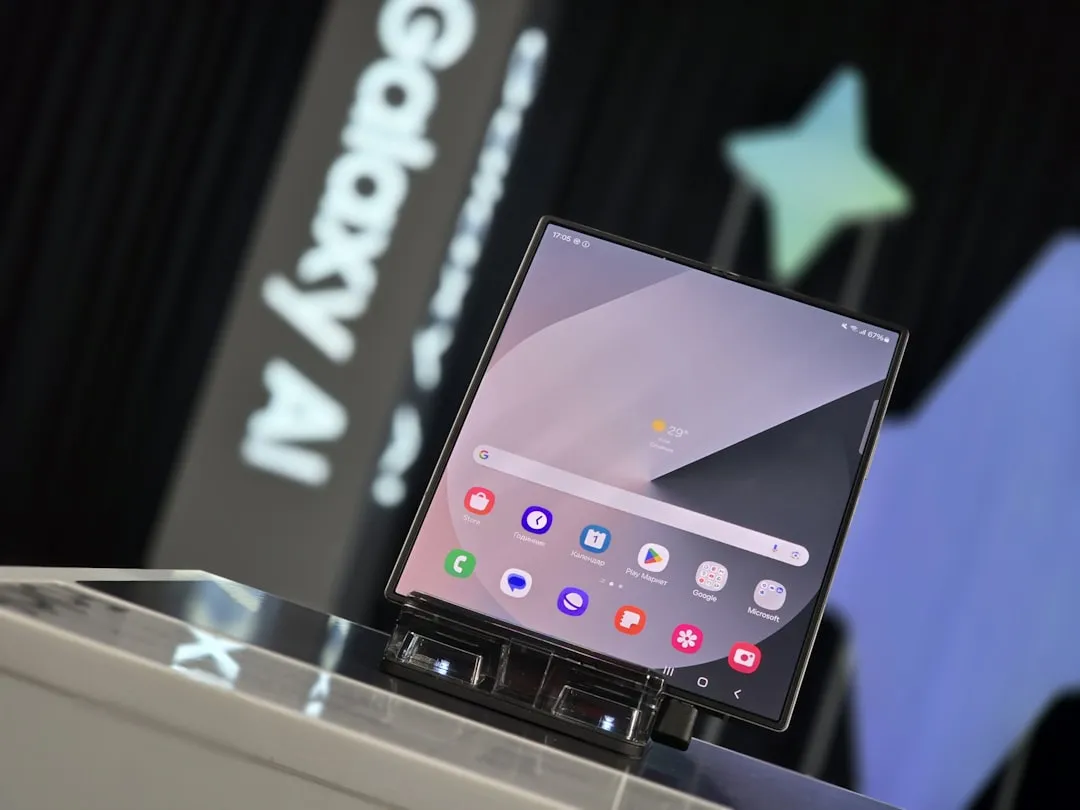
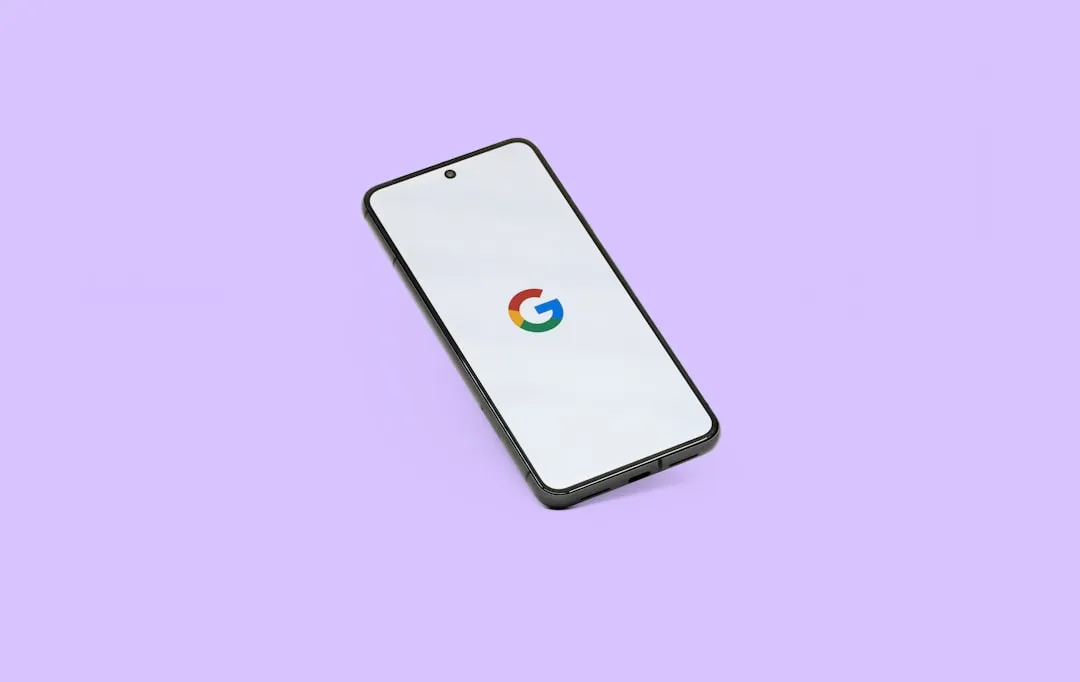



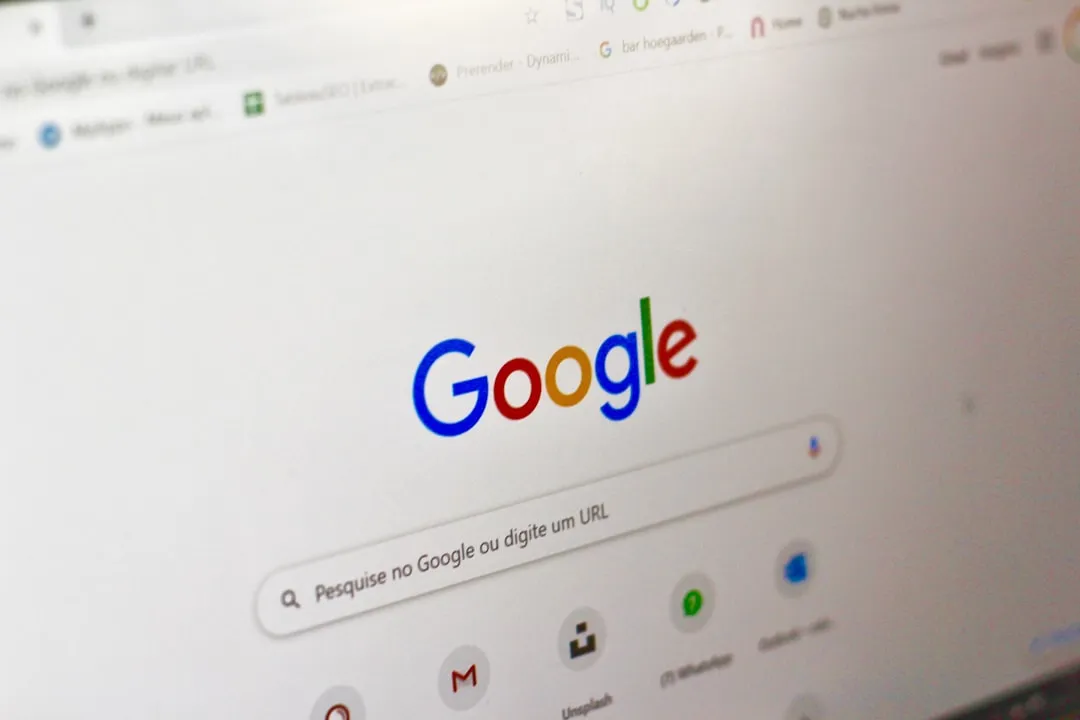



Comments
Be the first, drop a comment!